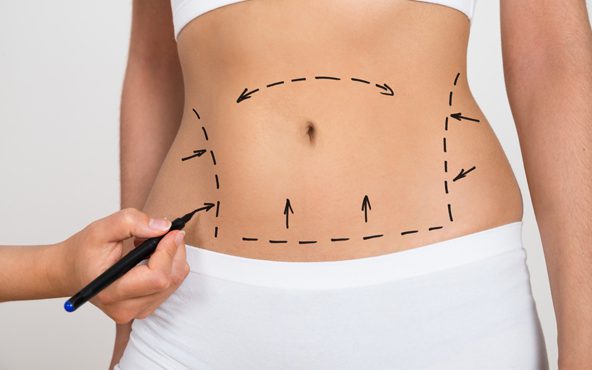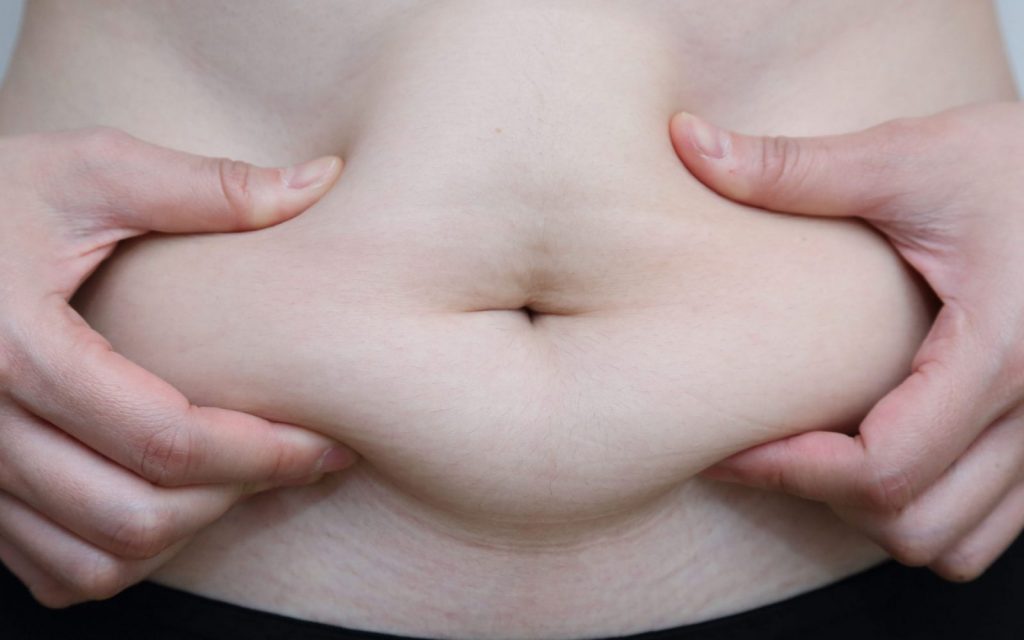
Indications For Surgery
The belly can lose its shape for various reasons. Most often, women think about abdominoplasty after pregnancy and childbirth. Often people who have dramatically lost weight also turn to the surgeon.
A certain proportion of patients who undergo abdominoplasty are aged people – over the years, muscles and skin lose elasticity, and there is no way to correct the situation with a diet.
This is an operation that removes excess skin and subcutaneous fat from the abdomen and tightens the abdominal muscles. It should be understood that this is a rather serious and difficult operation for the patient, after which rehabilitation is required.

One Week Before Surgery
- Stop taking medications that affect blood clotting;
- Stop taking hormonal contraceptives, temporarily replacing them with alternative options to prevent unwanted pregnancy.
- Quit smoking;
- Refrain from alcohol;
Note that the decision to take certain medications or refuse them for the period of preparation for mammoplasty is made strictly in accordance with the recommendations of a doctor: a plastic surgeon and an anesthesiologist.

Preparing For Surgery
Proper preparation can significantly reduce the risk of complications. Before the operation, it is necessary to undergo a medical examination. At the preliminary consultation, you must inform about the previously transferred and existing diseases of the internal organs, about all operations performed on you, allergic reactions and what caused them.
The list of doctors’ recommendations is always individual and is formed on the basis of information about the patient’s state of health.

Tummy Tuck Process
Abdominoplasty is performed under general anesthesia and usually begins with liposuction – removal of the subcutaneous fat layer. After that, an incision is made in the bikini area. The incision type can be changed at the request of the patient. The length of the incision depends on the area of the skin to be removed. As a rule, classical abdominoplasty takes place in several stages.
In the first step, the surgeon makes an incision in the lower abdomen and separates the skin flap along with the fatty tissue up to the ribs, then makes an incision around the navel and peels it off. After that, hernias and muscle discrepancies are removed, excess skin and fat deposits are removed, the tissues of the upper abdomen are stretched, the navel is transferred to a new place, and the surgeon sutures.

Postoperative period
The patient is in the hospital for two days under the supervision of a doctor. Painful sensations are insignificant, and are relieved by analgesics. You should eat food that does not cause gas formation. An elastic band should be worn for the first three weeks. Weight lifting is not followed during the first three months. The scar should be protected from sunlight.
For six months after abdominoplasty, it is forbidden to play sports and carry weights. Also, during the rehabilitation period, it is forbidden to visit the bathhouse and sauna.
Redness, swelling, and soreness are normal after surgery. If the operation is performed professionally, complications are minimized.

Abdominoplasty (Tummy Tuck):
- Edema
- Scarring
- Numbness
- Pain sensations
- Hematomas
